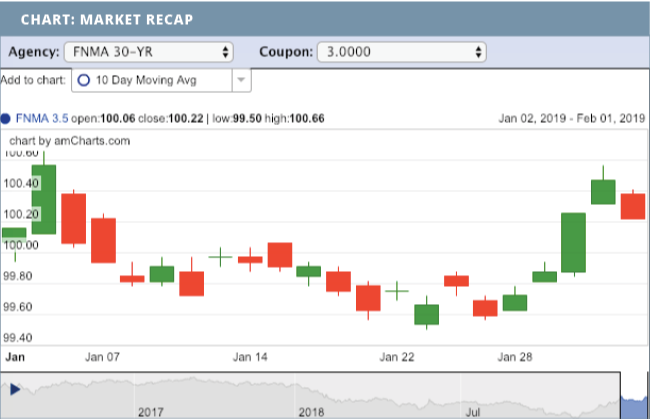
«Leí que la tasa de interés debe ser 1 o 2 % más baja que la actual».
Cuando las cantidades promedio de los préstamos eran mucho más bajas, se necesitaba un descenso mayor en las tasas para conseguir ahorros reales. Hoy en día, incluso las diferencias pequeñas pueden tener un gran impacto. La mejor forma de determinar el valor es dividir tus costos por tus ahorros. Esto brinda un período de «equilibrio», y si sabes que usarás tu préstamo luego de ese punto, el resto son ganancias puras.
«Todavía no llegué al punto de equilibrio de mi último refinanciamiento».
Eso tal vez no importe. Refinanciar otra vez requerirá una inversión adicional, pero podría hacerte llegar a un punto de equilibrio general, y a ahorros más grandes, más rápido.
«No quiero agregar años a mi préstamo».
El préstamo nuevo que se crea cuando refinancias es ficticio. Tú determinas la duración real del préstamo según cuánto pagues. Si al bajar tu tasa de interés ahorras $100 por mes, añade ese dinero a tu pago nuevo. Reducirás tu saldo más rápido y alcanzarás la apropiación antes que si hubieras conservado tu préstamo actual.
«Es demasiado caro. Prefiero ahorrar mi dinero».
¡Refinanciar es ahorrar! Las tasas de interés históricamente bajas que actualmente hacen que un refinanciamiento sea tan bueno también hacen que «ahorrar» tu dinero en el banco sea un pésimo negocio. Los bancos solo pagan fracciones de porcentaje por guardar tu dinero, pero invertir en un refinanciamiento te ahorrará cientos de dólares por mes y obtendrás un rendimiento mucho mayor.
Ejemplo: Si cerrar cuesta $3600 con ahorros anuales de $1200, eso es una tasa de devolución del 33 % de tu dinero ($3600 x 33,3 % = $1200).
Lo que es mejor, con frecuencia puedes refinanciar sin usar fondos de tu bolsillo.
Refinanciar también puede tener otros beneficios.
Una tasa más baja no solo puede significar pagos más pequeños, sino que también pagarás más para el saldo principal cada mes. Tal vez puedas liberar dinero para renovar tu hogar, financiar educación universitaria, comprar un hogar para vacacionar o invertir en propiedades sin añadir gastos mensuales.
¿Estás listo para explorar tus opciones de refinanciamiento según los números? Estamos para ayudarte.






